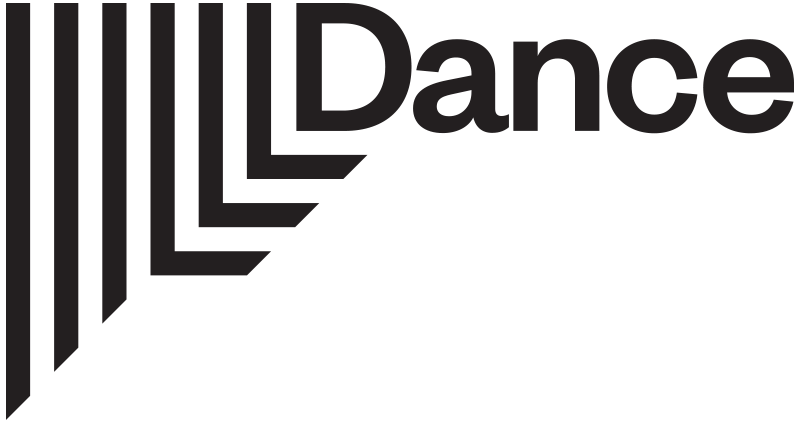Dancing Histor(y)ies - Second workshop in Viminacium
Last week, the Dancing Histor(y)ies second workshop in Viminacium unfolded over three enriching days, offering a deep dive into Serbian culture and heritage.
Photo by Hanna Magdalena Gödl
The first day, the participants engaged in a textile workshop at the School of Design led by ilDance’s costume designer Amanda Wisselgren, exploring the intricate world of dance costume design and the cultural significance of traditional Serbian attire. Inspired by the students' research and sketches, Amanda and the participants co-created parts of the costumes for ilDance's performance at the festival in Viminacium in June.
Photos by Hanna Magdalena Gödl
The second day, centered around music at Škola za osnovno i srednje muzičko obrazovanje "Stevan Mokranjac." The workshop celebrated local Serbian traditional music through instrumental, vocal, and band performances by students. Together with composer Didi Erez, the young musicians recorded beautiful instrumental and vocal pieces which will be part of the musical score for the performance. Back at Viminacium Archaeological Park, a dance and movement workshop with Udruženje uspešne žene Kostolac and KUD Amaro Roma Kostolac bridged the festival's thematic elements, integrating ancient, local, and contemporary dance forms. This workshop drew inspiration from cultural heritage, including Roma dances, emphasizing the relevance of past messages in a contemporary context.
Photos by Amanda Wisselgren
The last day, concluded with a comprehensive sightseeing and technical tour of the Amphitheater, guided by Festival Coordinator Pedrag Paunović where technical and logistical aspects of the residency and performance were discussed.
Photo by Hanna Magdalena Gödl
The Dancing Histor(y)ies workshop in Viminacium last week provided participants with a more extensive exploration of Serbian culture and heritage. The final performance will take place on 26 June 2024 at the amphitheatre of Viminacium.
Disclaimer: Funded by the European Union. Views and opinions expressed are however those of the author(s) only and do not necessarily reflect those of the European Union or the European Education and Culture Executive Agency (EACEA). Neither the European Union nor EACEA can be held responsible for them








